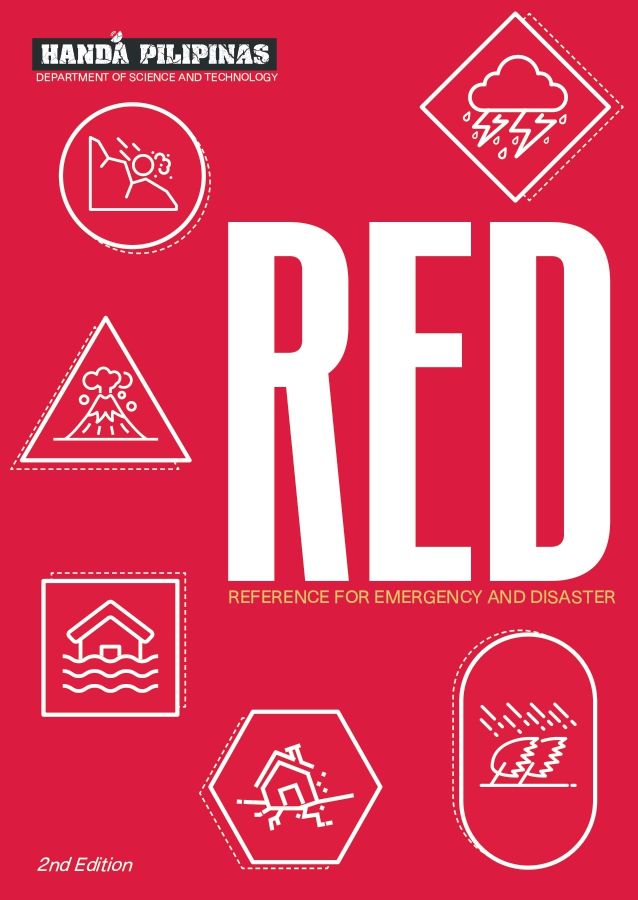Experts at the Philippine Nuclear Research Institute of the Department of Science and Technology (DOST-PNRI) stressed that there is no reason for the public to be alarmed in the event the Democratic People’s Republic of Korea (DPRK) or North Korea launches to orbit its earth observation satellite “Kwangmyongsong-3” on April 12 and 16 which many analysts say is a ballistic missile test. The United States and its allies described the planned rocket launch of the DPRK as a ballistic missile test in disguise of a satellite launch. According to PNRI Director Alumanda De la Rosa, the information gathered by the Institute states that the tests will not involve any nuclear material. However, she said that PNRI will activate the Radiation Monitoring team under the Radiological Emergency Preparedness and Response Plan in case the debris from these tests will fall into the country’s territory. PNRI will make some measurements to ensure that these are not radioactive debris. “According to information that we have, DPRK will only launch its satellite, but we will send our team to check if there may have been radioactive components present in the debris,” explained Director De la Rosa. She also advised the people not to touch the debris and cordon off the site until experts arrive. Moreover, Director De la Rosa said that PNRI will continue air measurements for radioactivity in Metro Manila before and after the DPRK rocket launches but maintains that it is the agency’s routine job to monitor daily the ambient gamma radiation in the air. “As part of our program, DOST-PNRI will continue to monitor the radiation levels present in the environment, “ said Director dela Rosa. The Philippine government has expressed concern over the purported missile test launches in the Korean peninsula. Information gathered by the Department of Foreign Affairs states that the rocket’s first stage will reportedly separate and fall in a zone -140 kilometers west of Republic of Korea’s Byeonsan Peninsula, while the second stage is expected to fall in an area 190 kilometers east of Luzon.(Joy M. Lazcano)
Announcements
- 2025 Philippines-Korea Joint S&T Research Program Call for Proposals
- Call for Application - 2025 MECO-TECO Sandwich Scholarship Program (SSP)
- Call for Proposals: 2025 MECO-TECO Joint Research Program
- Call for Proposals: 2024 DOST-JST JOINT RESEARCH PROJECT ON WATER SECURITY
- Open Application for 2025: Leadership Development Program in Japan- IATSS Forum
- Call for Proposals: 2025 DOST-JSPS Joint Research Project (JRP)
- Call for Proposals: 2024 Philippines-Korea Joint Science & Technology Research Program
- Scholarship Announcement
- Call for Proposal: 2024 DOST-MOST Joint Research Project
- Call for Proposals: 2024 MECO-TECO Joint Research Project
- 2023 Global Research Council Asia Pacific Regional Meeting
- Call for Proposals: 2024 DOST-Japan Society for the Promotion of Science (JSPS) Joint Research Project
- Social Media Cards Against Online Sexual Abuse and Exploitation (OSAEC)
- DOST-CO Enhanced Community Quarantine Advisory to the Public
- Wave of Action: DOST Water Programs and Technologies
- Implementing Guidelines for the Startup Grant Fund of the Department of Science and Technology
- SALIKSIK R&D Briefer
- Science, Technology and Action Nexus for Development (STAND)
- NOTICE TO THE PUBLIC - Abolition of the Technology Resource Center (TRC)
- Postings at the DOST Website
Today's Outlook
|
DAILY WEATHER FORECAST |
|
|
EARTHQUAKE, VOLCANO and TSUNAMI BULLETINS |
|
 |
CLIMATEX |









